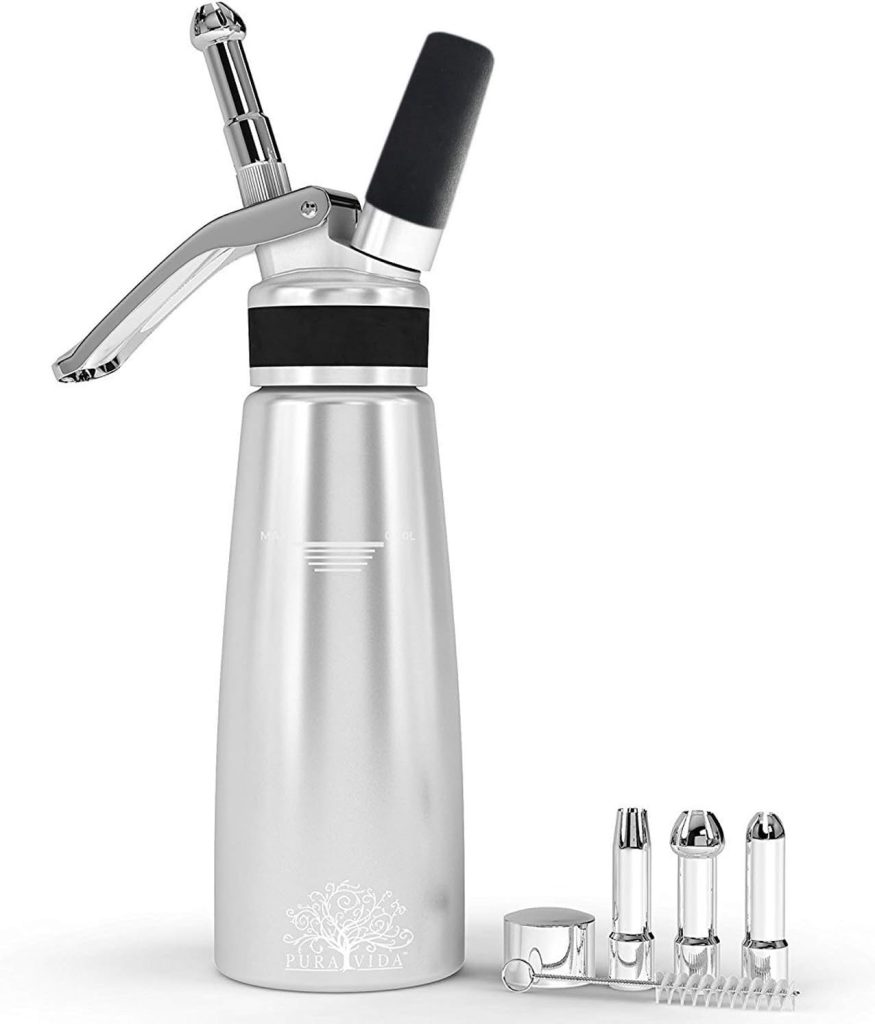Mastering the art of safely filling nitrous oxide N₂O tanks is crucial for various applications, ranging from culinary use in whipped cream dispensers to industrial applications in automotive racing. Nitrous oxide is a colorless, non-flammable gas commonly used as an anesthetic and in various food processing scenarios. However, handling and filling N₂O tanks requires an understanding of the gas’s properties, the equipment involved, and strict adherence to safety protocols to prevent accidents and ensure proper usage. First and foremost, it is essential to understand the composition and characteristics of nitrous oxide. As a gas, nitrous oxide can be harmful if inhaled in large quantities. It is an asphyxiant and can displace oxygen in the air, leading to potential suffocation. Furthermore, N₂O is stored under high pressure in tanks, which means that mishandling can result in dangerous situations such as explosions or rapid gas release. Therefore, it is paramount to wear appropriate personal protective equipment PPE when handling N₂O tanks, including safety goggles, gloves, and face shields.

Proper ventilation is also crucial when filling tanks to avoid the accumulation of gas in enclosed spaces and know where to fill nitrous oxide tanks. Before proceeding with the filling process, it is important to inspect the nitrous oxide tanks and associated equipment. Check for signs of wear and tear, including rust, dents, or leaks in the tank or hoses. Using a soap solution to identify leaks can be effective; any bubbling indicates a problem. If any issues are detected, the tank should be serviced or replaced before filling. Additionally, ensure that the filling station is equipped with the correct fittings and adapters, as different tanks may have varying connection types. When it comes to the actual filling process, it is vital to follow the proper procedures to ensure safety and efficiency. Begin by ensuring that the filling station and tank are on a stable surface, away from flammable materials. Connect the filling hose to the nitrous oxide tank securely, ensuring a tight fit to prevent gas leaks.
It is recommended to fill tanks in an upright position to maintain the integrity of the gas and prevent liquid nitrous oxide from entering the filling equipment, which can cause freezing and potential damage.
Once connected, slowly open the valve of the nitrous oxide supply cylinder to start the filling process. Monitor the pressure gauge on the tank closely; it is crucial to avoid overfilling, as this can lead to excessive pressure buildup and possible tank rupture. Most tanks have a maximum pressure rating, and it is vital to adhere to these limits. It is generally advisable to stop filling when the tank reaches about 80% capacity, allowing room for gas expansion. Take care to close the tank valve promptly to prevent gas from escaping. Finally, proper storage and transportation of filled nitrous oxide tanks are just as important as the filling process. Tanks should be stored in a cool, well-ventilated area away from direct sunlight and heat sources to reduce the risk of pressure buildup. Ensure tanks are secured in an upright position to prevent them from tipping over during transport, and always use a suitable vehicle that complies with transportation regulations for hazardous materials.
